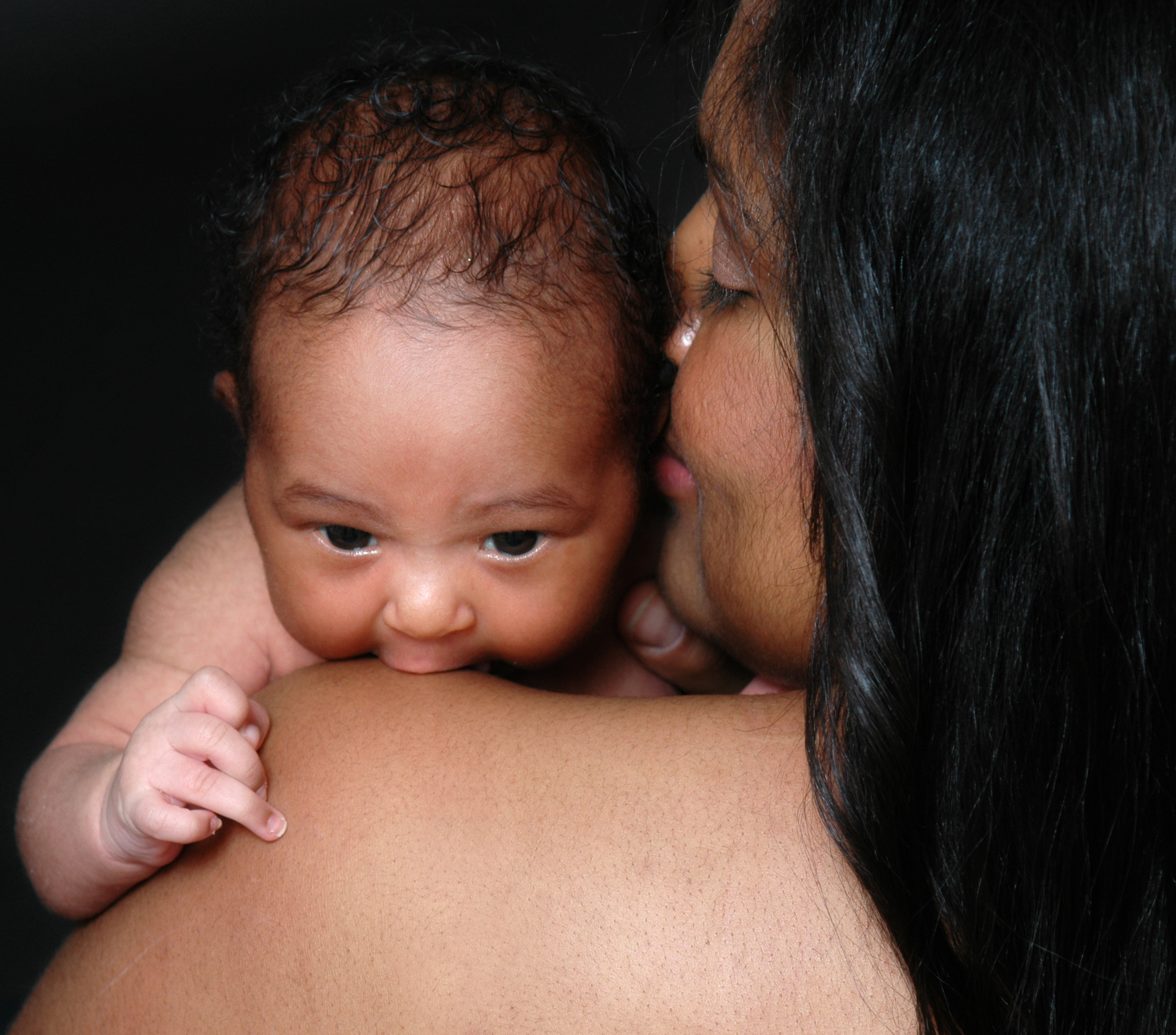Rape is Rape: Facts Not Fiction
For over 30 years, we’ve been deeply immersed in supporting and developing programs, studies, policies, and legislation intended to prevent and stop rape and sexual violence.
Here are the facts:
- 1.3 million U.S. women were raped during 2009, the year preceding the latest survey from CDC (Centers for Disease Control).
- In the United States, the health care cost of intimate partner rape, physical assault and stalking totals $5.8 billion each year, nearly $4.1 billion of which is for direct medical and mental health services.
- Nearly 1 in 5 women and 1 in 71 men in the US report having been raped at some time in their lives.
- 81% of women who experienced rape, stalking or physical violence by an intimate partner reported significant short or long term impacts related to the violence experienced in the abusive relationship, while 35% of men report such impacts of their experiences.
- In a nationally representative survey: for the first rape experience of female victims, perpetrators were reported to be intimate partners (30.4%), family members (23.7%), and acquaintances (20%).
- U.S. women ages 16 to 24 experience the highest rates of rape and sexual assault, and people ages 18 and 19 experience the highest rates of stalking. Violence limits young women’s ability to manage their reproductive health and exposes them to sexually transmitted diseases.
- The United Nations Development Fund for Women estimates that at least one of every three women globally will be beaten, raped, or otherwise abused during her lifetime. In most cases, the abuser is a member of her own family.
- Sexual violence is a pervasive global health and human rights problem. In some countries, approximately one in four women and girls over age 15 may experience sexual violence by an intimate partner at some point in their lives, and rates of sexual abuse by non-partners ranges from one to 12 percent over the course of a woman’s lifetime.
- Sexual violence and rape have been used during armed conflict to torture, injure and degrade women, and have been a feature of recent conflicts around the world, including those in the Democratic Republic of Congo, the Darfur region of Sudan, Rwanda, and the former Yugoslavia.
Read the full National Intimate Partner and Sexual Violence Survey from the CDC.





